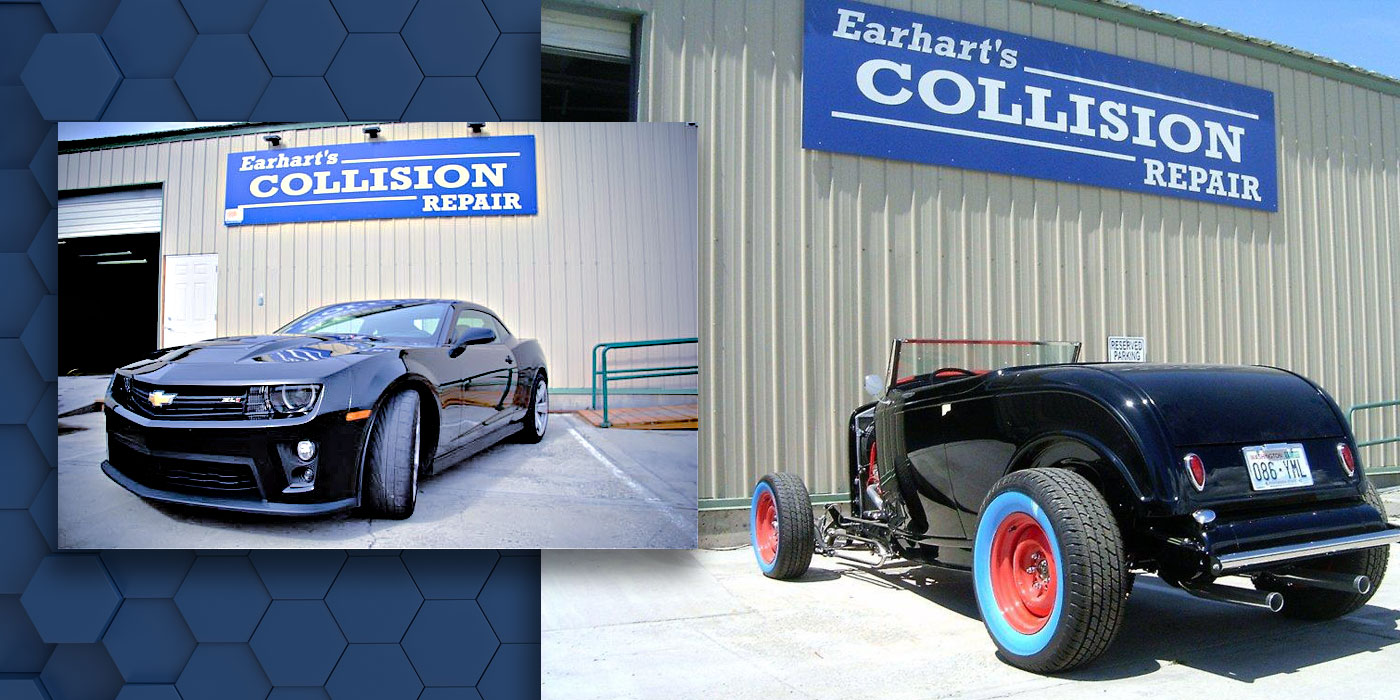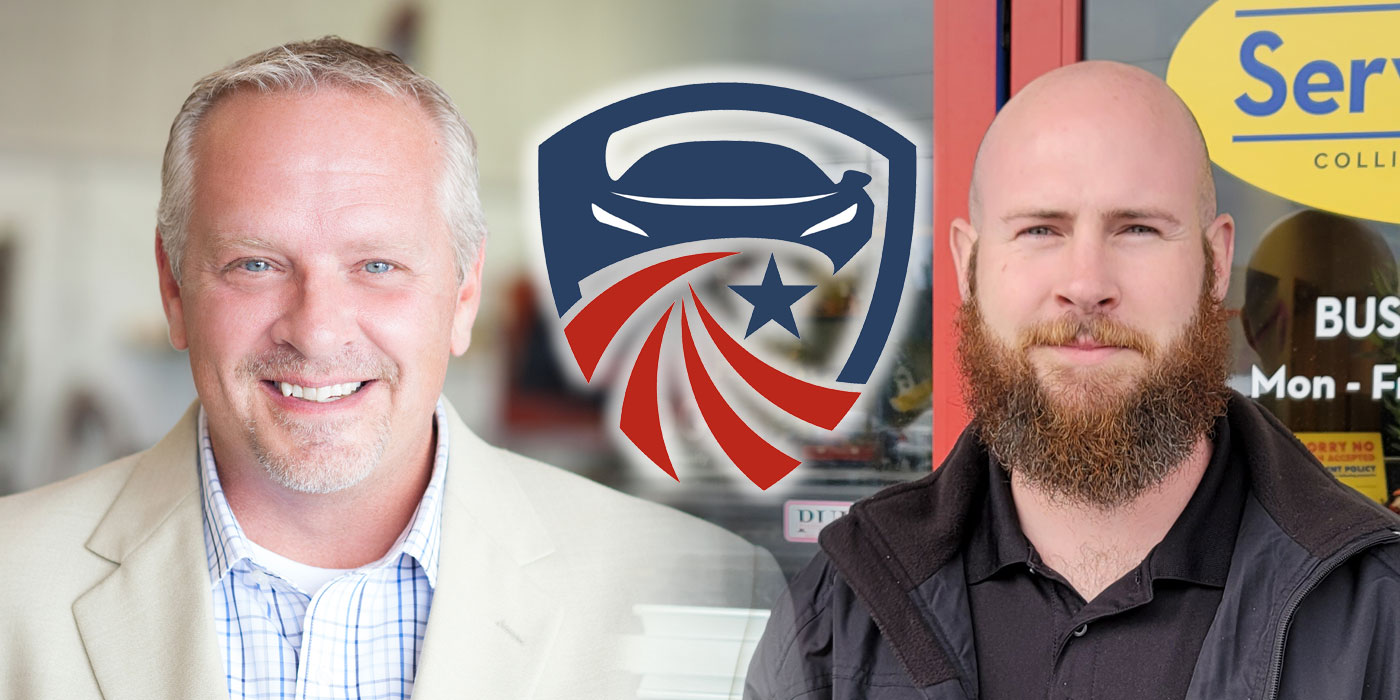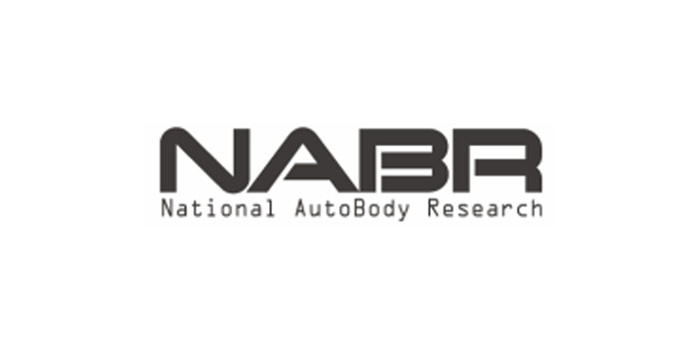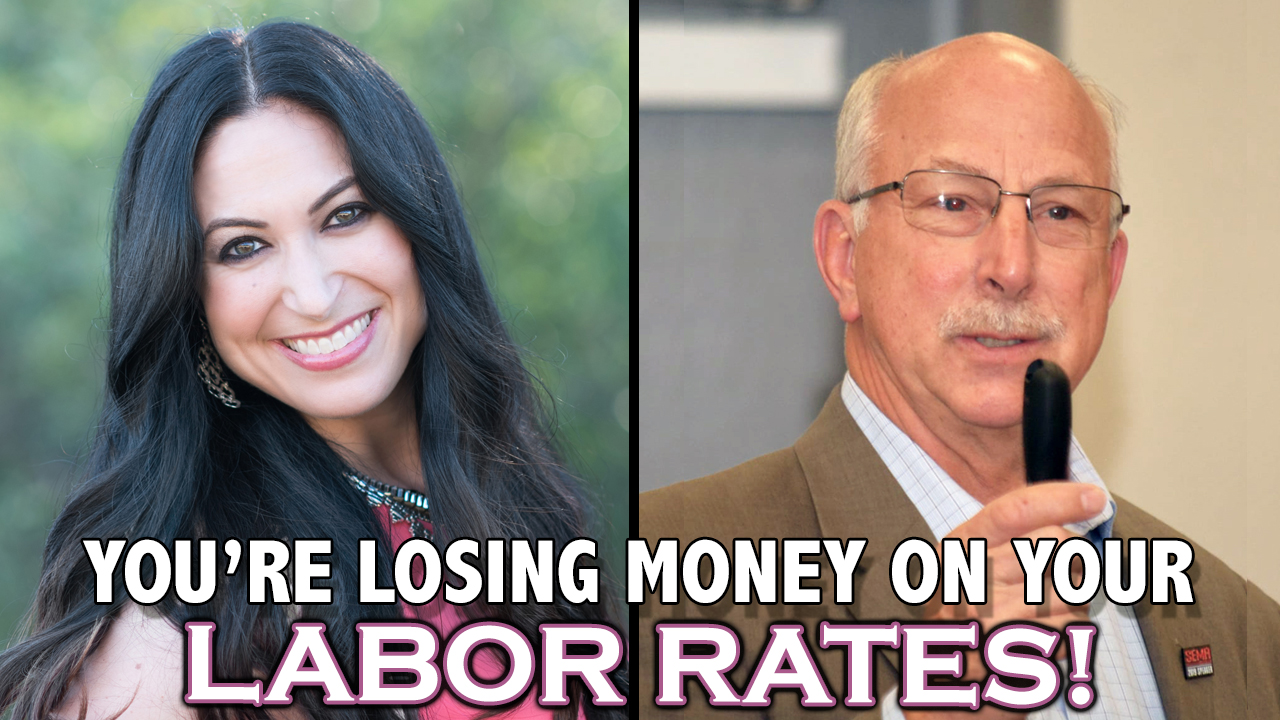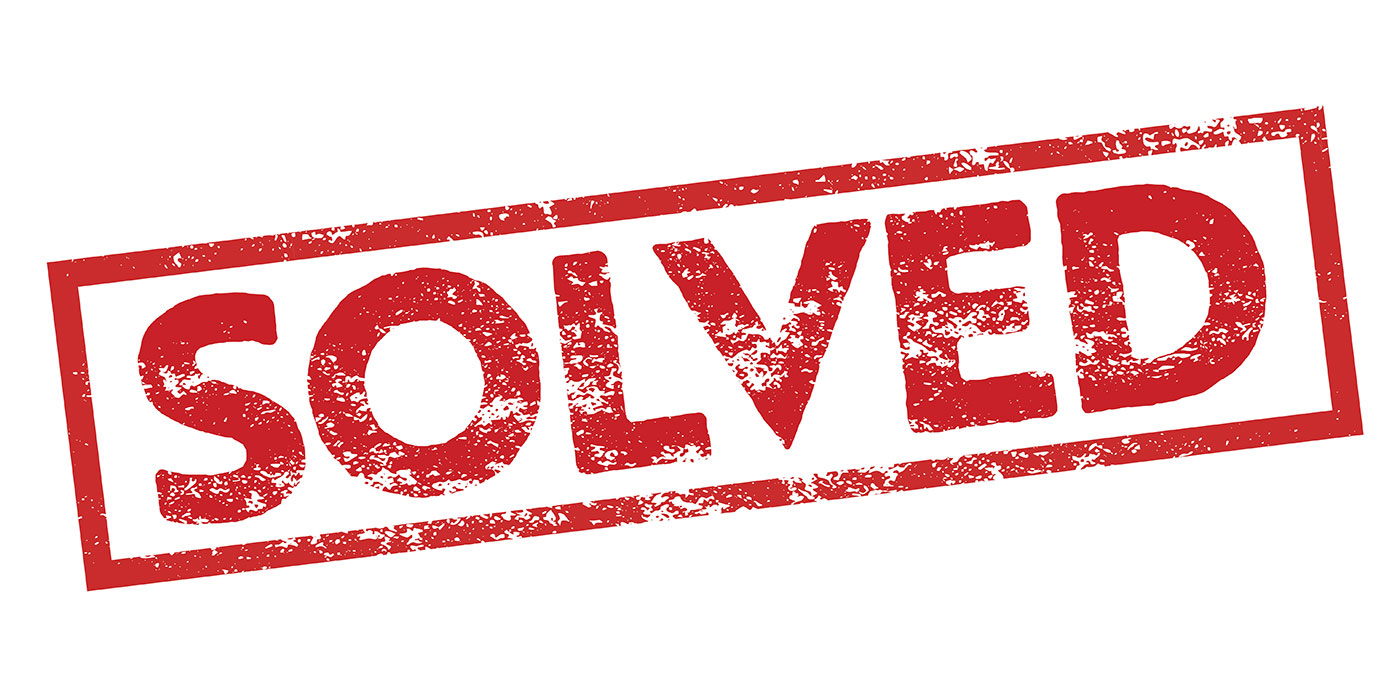I run a small shop. I used to be a technician and am now the manager. I have a combo tech who has 20-plus years of experience and two young, green and willing-to-learn vo-tech grads working together in the shop. What is a fair pay plan for all three? The experienced tech is willing to help out and teach them, but he’s not going to do this for free. He’s currently on flat rate, and the other two are hourly. Is ‘team pay’ the way to go, or will it cause greed between them down the road?
That’s a great question! Unfortunately, while the answer would seem to be simple, it’s not. I’ve witnessed shop owners and managers coming to blows over the “How do I pay my techs?” question.
First, make sure whatever you pay is legal in your state. Click HERE to read the “Ask the Expert” from Jan. 3, 2014, on California pay plans. How you pay your techs, particularly with respect to overtime and minimum wage issues, can have serious legal ramifications. Check with your state labor board or a labor attorney and follow the advice in the above noted article.
Second, remember you’re in business to make a profit. How you pay your techs impacts your labor gross profit margin, and labor is your largest profit center. After factoring in all labor-related expenses such as taxes, vacation, workers comp and benefits, your target labor gross profit margin should be 60 percent. Lots of people think that paying a 40 percent commission or a flat rate that’s equal to 40 percent will provide a 60 percent labor gross profit percentage (GP%). But if you factor in the benefits, taxes, etc., the actual GP% is usually 48 percent.
Whatever method you use to pay your team, make sure that the overall compensation plus benefits does not exceed 40 percent of your labor sales. For example, if your door rate is $50 per hour, your total labor expense (pay plus taxes and benefits) cannot exceed $20 per billed hour. If compensation is higher than that, you cannot gross 60 percent on labor.
There are many ways to pay the team. One (the way you’re now paying) is to pay the “A” tech on flat rate or commission and put the others on hourly. That works fine as long as you’re paying the A tech commission on only the work he performs.
You could put everyone on an hourly plan, with incentives for performance goals. The A tech would receive a higher rate than the B and C techs, and the performance incentive could be split based on experience.
Still another method is to pay a flat rate to the team. As an example only, let’s say that our door rate is $50 per hour. We can pay about $15 per hour flat rate, which will leave us $5 per hour for benefits and taxes and we’ll gross 60 percent on our labor. To compensate the team, each would get a percentage of the flat rate for every hour produced by the team. Example: the A tech receives 60 percent of the flat rate, the B tech receives 25 percent and the C tech receives 15 percent. Make sure that the lower paid tech is at least making minimum wage for the time they’re at your shop. The more hours the team bills, the more money everyone makes.
Traditionally, the A tech pays their helper out of their check. That’s fine too, except it locks the shop into a higher flat rate and may lead to some legal issues.
Personally, I like mixing compensation methods and rates. There is no good reason to pay journey-level wages to R&I bumpers and trim. You can pay one tech or team flat rate and another tech or team hourly. Nothing says that everyone has to work at the same flat rate.
There are plenty of options! Check with other shops in your market and with your local trade association to discover how others are solving this problem. Keep an eye on the bottom line and an eye on the legal issues and you’ll do fine.




